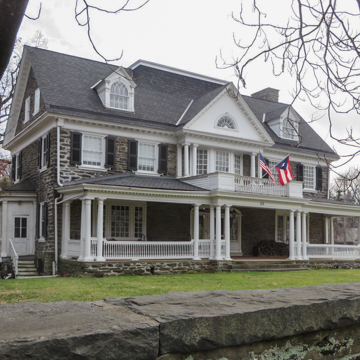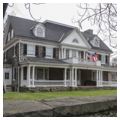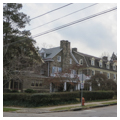In the 1830s the Philadelphia, Germantown and Norristown Railroad, later part of the Philadelphia and Reading Railroad, transformed the old German village into a vital part of the industrial city of the nineteenth century. Northwest of the old center, at W. Walnut Lane, and Greene and W. Tulpehocken streets, is an important cluster of pre–Civil
You are here
Germantown Railroad Suburb
Mid-19th century. W. Walnut Ln. and Greene and W. Tulpehocken sts.
If SAH Archipedia has been useful to you, please consider supporting it.
SAH Archipedia tells the story of the United States through its buildings, landscapes, and cities. This freely available resource empowers the public with authoritative knowledge that deepens their understanding and appreciation of the built environment. But the Society of Architectural Historians, which created SAH Archipedia with University of Virginia Press, needs your support to maintain the high-caliber research, writing, photography, cartography, editing, design, and programming that make SAH Archipedia a trusted online resource available to all who value the history of place, heritage tourism, and learning.





